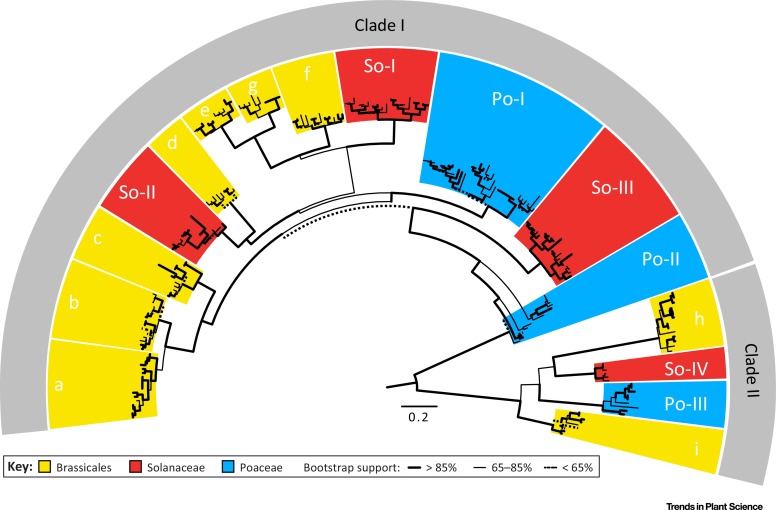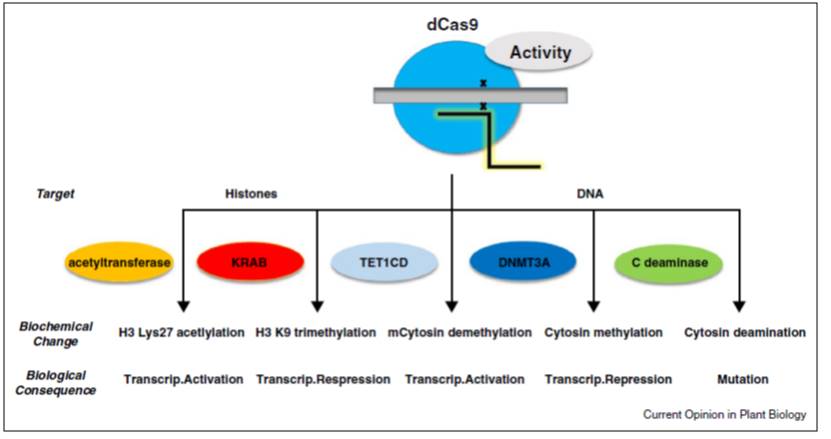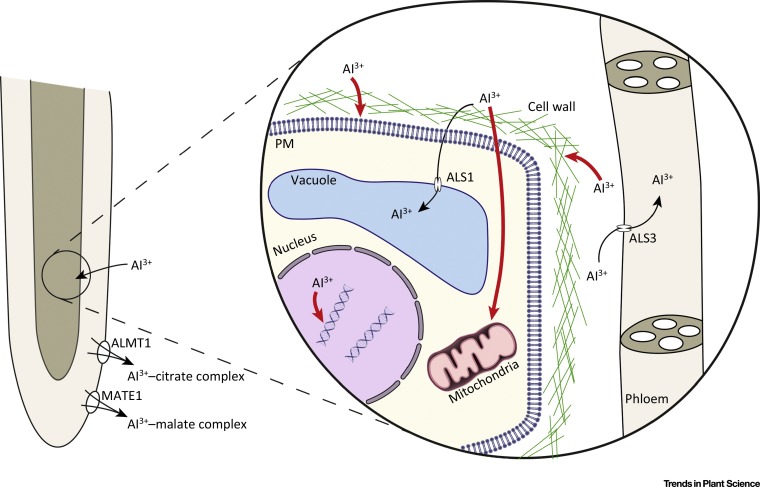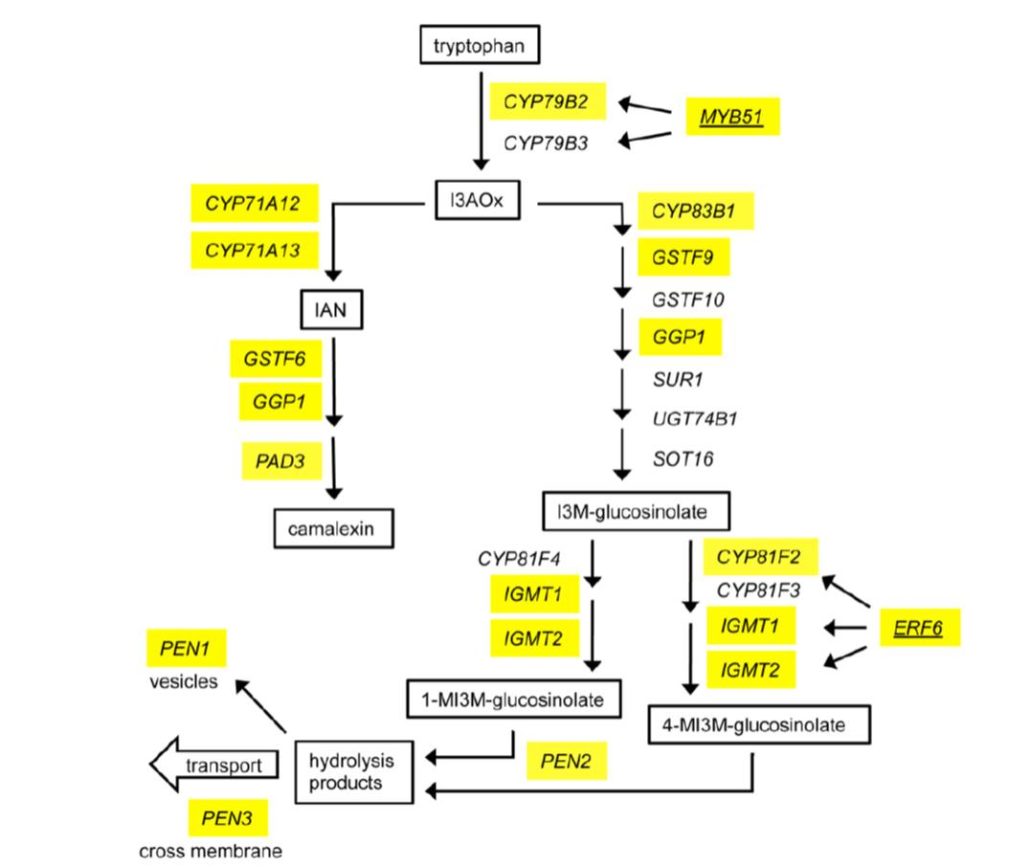
GET with it: Targeting of tail-anchored proteins via the GET system
Plant Science Research Weekly, Research0 Comments
/
Students learn that membrane proteins are inserted into the endoplasmic-reticulum (ER) membrane co-translationally, but this mechanism does not hold for so-called tail-anchored (TA) proteins which carry a single C-terminal membrane spanning domain and insert into the ER membrane post-translationally.…

Opinion: ATG8 expansion as a driver of selective diversification of autophagy? ($)
Plant Science Research Weekly, ResearchAutophagy is a process of selective membrane trafficking that delivers cargo to the vacuole or plasma membrane for recycling or secretion. ATG8 is a small ubiquitin-like protein that is required for formation of the double-membrane enclosed autophagy vesicle, the autophagosome. The ATG8 gene family has…

Two Reviews: CRISPR/Cas for genome engineering in plants, and genome editing in cereal crops ($)
Plant Science Research Weekly, ResearchThe gene-editing technology CRISPR/Cas, which introduces double-strand breaks that are repaired by non-homologous end joining (NHEJ), is best known for the promise it holds in modifying an organism’s DNA without the introduction of exogenous genes. However, as Puchta describes (Curr. Opin. Plant Biol.…

More than Window Dressing: Revealing 5-Methylcytocine Patterns that Decorate Arabidopsis RNA
Research, The Plant Cell, The Plant Cell: In BriefIN BRIEF by Jennifer Lockhart [email protected]
DNA is sculpted by several types of epigenetic modifications with profound effects on gene expression, development, and stress responses. Much less is known about the more than 100 chemical modifications shaping plant RNA, a topic explored in the newly…

Review: DNA Checkpoints and Aluminum Tolerance ($)
Plant Science Research Weekly, ResearchAluminum (Al) toxicity is an important agricultural problem, limiting crop production globally. Al toxicity causes a reduction in nutrient uptake, resulting in nutritional deficiency and leading to an overall reduction in shoot biomass and crop yield. Eekhout et al. discuss Al toxicity and strategies…

Transcriptional response to microbial pattern conferred by three WRKY transcription factors ($)
Plant Science Research Weekly, ResearchPlants perceive microbial pathogens though cell-surface receptors that recognize conserved microbial patterns such as flagellin. Previous studies have identified the WRKY family of transcription factors as contributors to Microbial-Associated Molecular Pattern (MAMP)-Triggered Immunity (MTI). Birkenbihl…

UV-B perceived by the UVR8 photoreceptor inhibits plant thermomorphogenesis
Plant Science Research Weekly, ResearchAmbient temperature can influence plant architecture, an effect termed thermomorphogenesis. In A. thaliana, thermomorphogenesis phenotypes include stem elongation and changes in leaf elevation angles. Increased auxin biosynthesis involving the transcription factor PIF4 is required for thermomorphogenesis,…

Epigenetic regulation of sex determination in polyploid persimmon
Plant Science Research Weekly, Research, The Plant CellAlthough most flowering plants produce flowers with male and female parts, there are exceptions which are broadly classified as dioecious (two houses; each individual is male or female, usually associated with the presence of a sex chromosome) and monoecious (one house, separate male and female flowers…

A PNAS trio: DNA methylation and small RNAs in plant reproduction
Plant Science Research Weekly, ResearchThree PNAS papers explore DNA methylation and/or small RNAs in plant reproductive development. In angiosperms, sexual reproduction is accompanied by DNA demethylation in certain tissues, particularly those that have a nutritive or supporting role. Park et al. (10.1073/pnas.1619047114) show that in…

